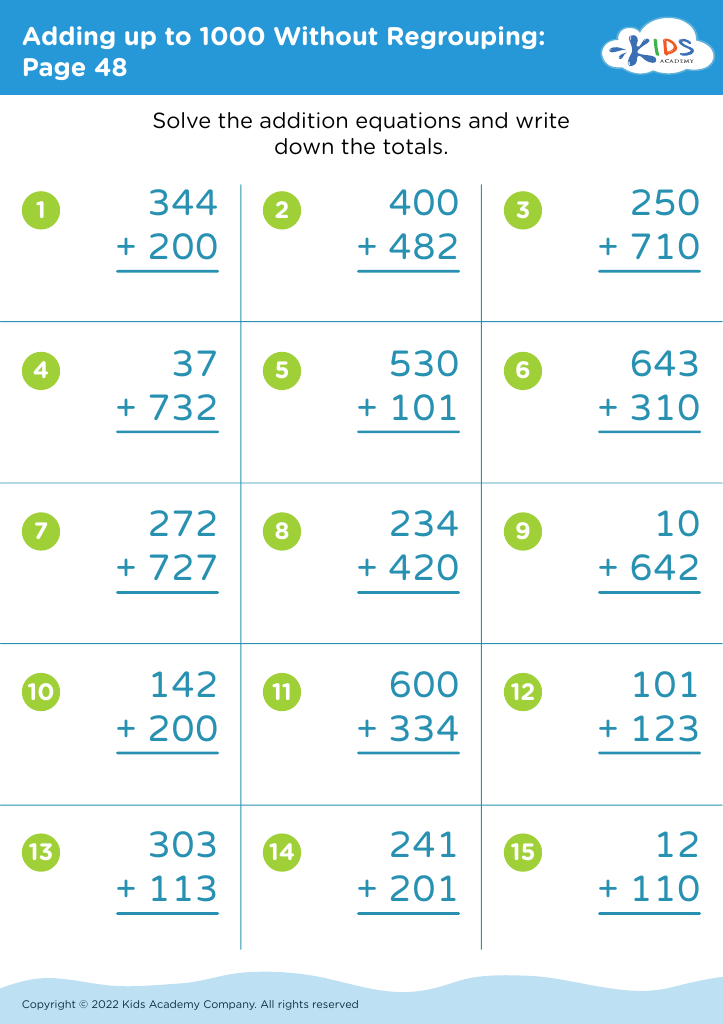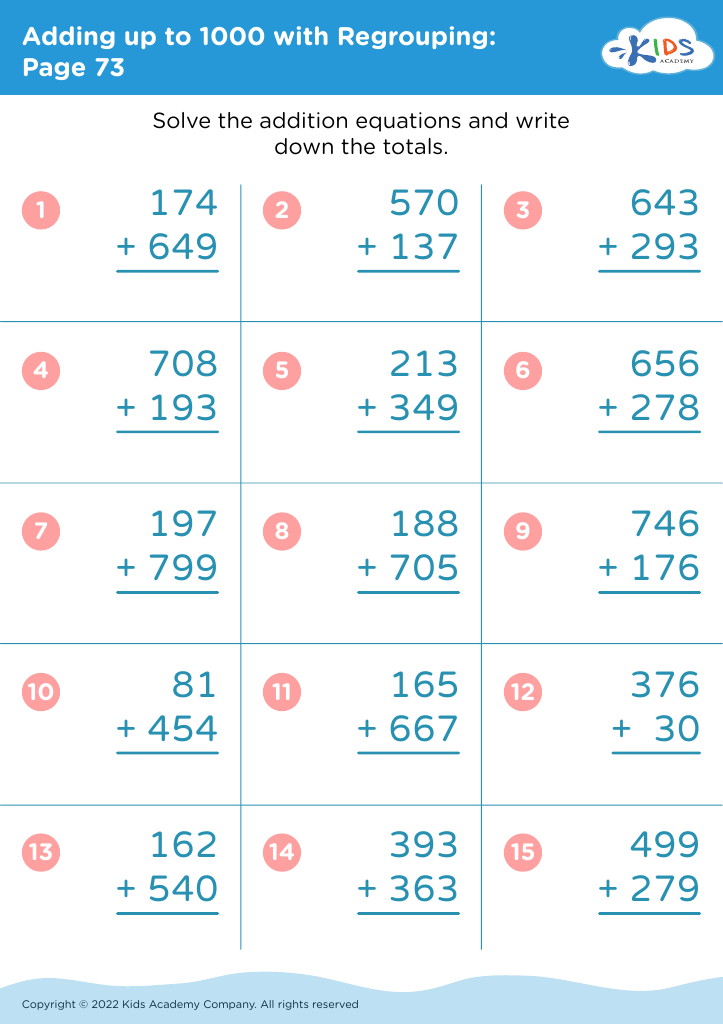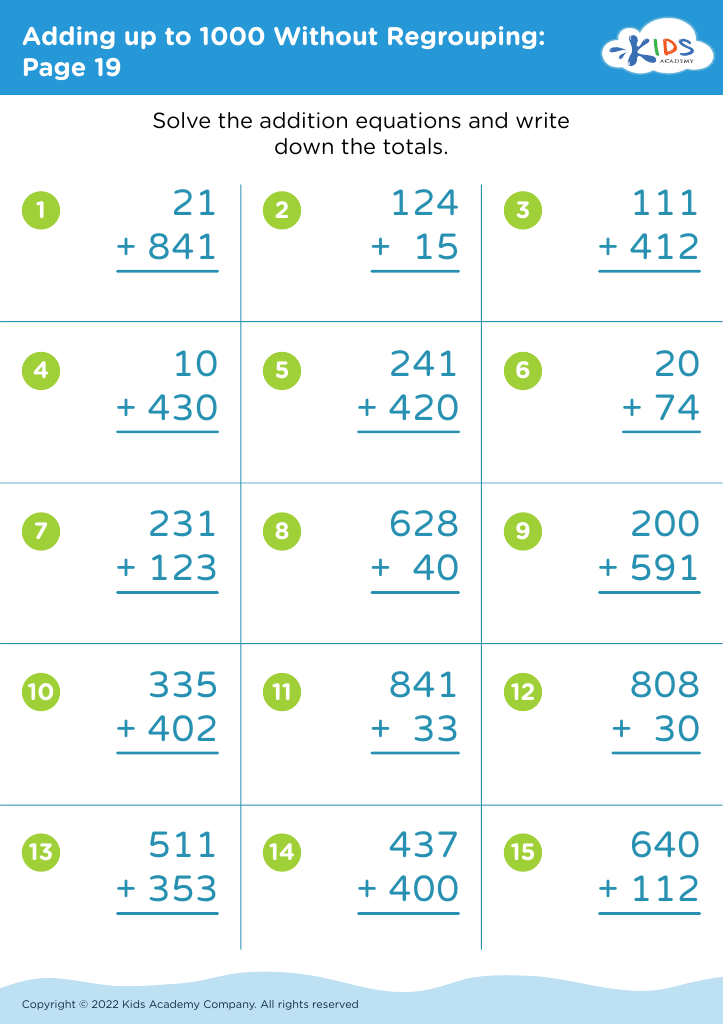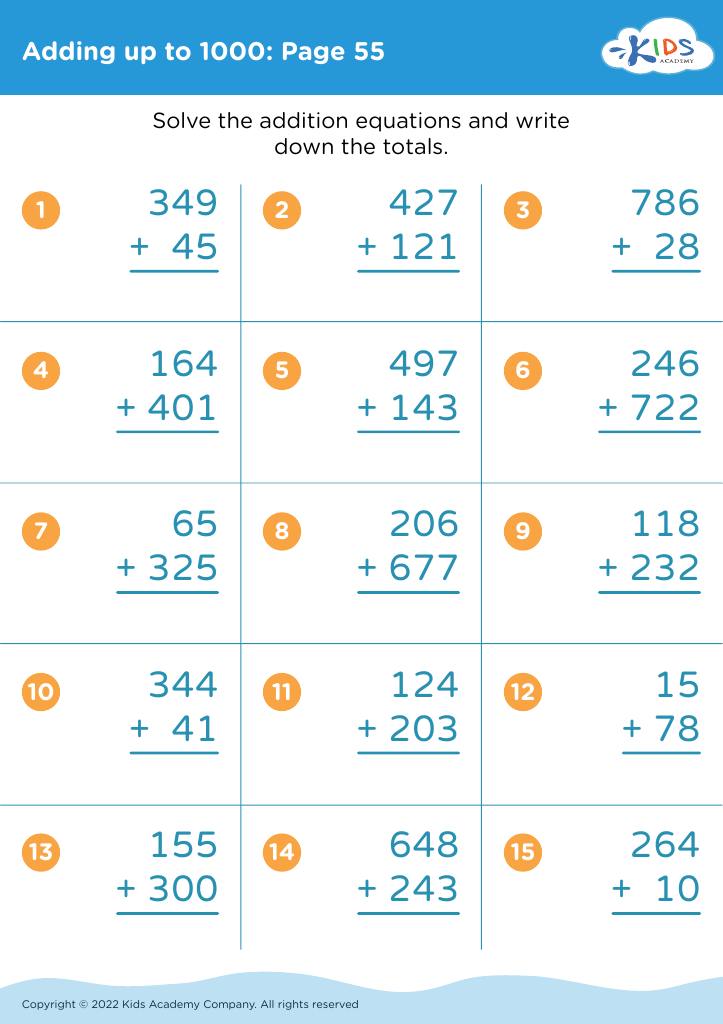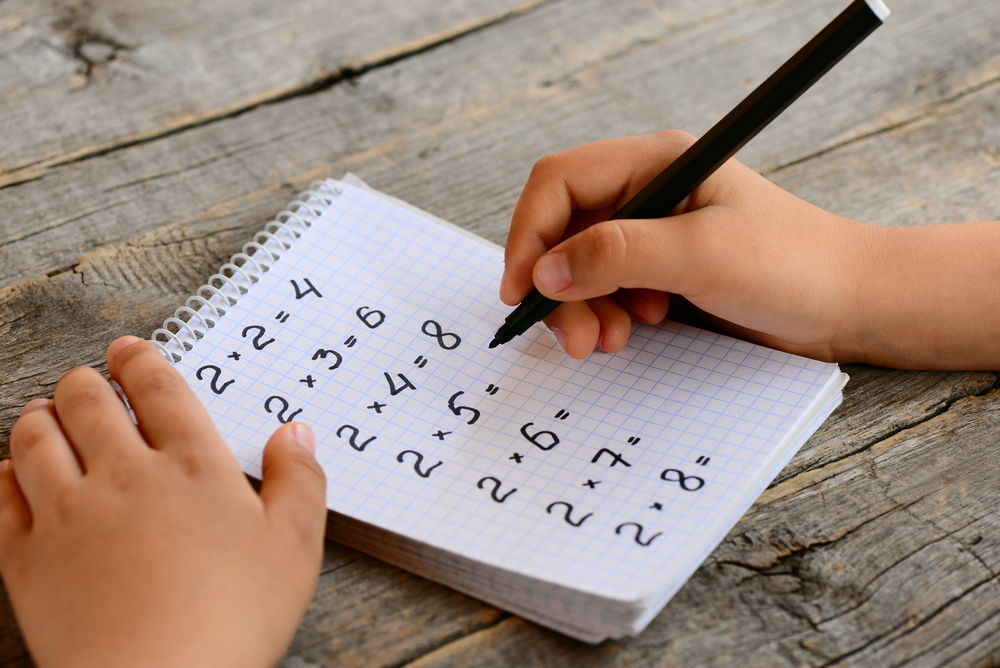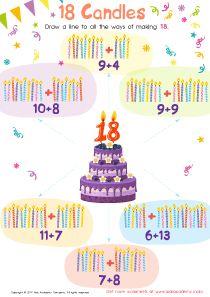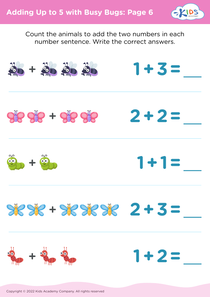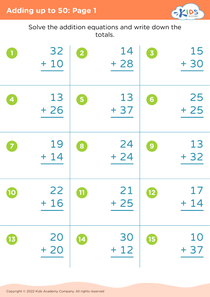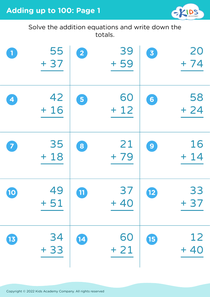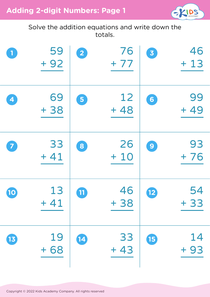Understanding patterns Adding up to 1000 Worksheets for Ages 5-9
5 filtered results
-
From - To
Enhance your child’s math skills with "Understanding Patterns Adding Up to 1000 Worksheets for Ages 5-9.” These engaging worksheets help young learners grasp key mathematical concepts through fun and interactive activities. Designed for children aged 5-9, the worksheets focus on recognizing and creating patterns, which builds a strong foundation for more advanced math. With colorful illustrations and easy-to-follow instructions, students will enjoy practicing addition while spotting patterns. Ideal for classroom use or at-home learning, these resources make mastering math both enjoyable and effective. Visit Kids Academy to explore more and support your child's learning journey towards math proficiency!
Understanding number patterns adding up to 1000 is crucial for young learners, ages 5-9, as it forms the bedrock for advanced mathematical concepts and everyday problem-solving skills. Introducing children to patterns at an early age enables them to recognize sequences, predict outcomes, and make logical connections. These skills are essential in various subjects beyond mathematics, including science and reading.
Incorporating large numbers like 1000 might seem ambitious, but it reinforces place value comprehension—knowing why 999 + 1 equals 1000, for example—enhancing their grasp on addition, subtraction, and even multiplication and division. Early familiarity with such numbers ensures smoother transitions to more complex arithmetic in higher grades.
For parents and teachers, fostering an environment where children explore patterns up to 1000 boosts confidence and reduces math anxiety, ensuring that students view math as an engaging puzzle rather than a daunting task. Additionally, recognizing and continuing numerical patterns sharpens cognitive abilities such as memory retention and critical thinking.
Moreover, real-world applications are plentiful. Whether estimating distances, understanding time, or managing money, grasping number patterns is foundational. Overall, investing attention in this area equips young minds with versatile tools, paving the way for academic success and practical problem-solving in daily life.
